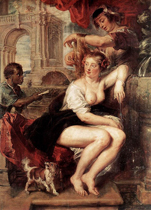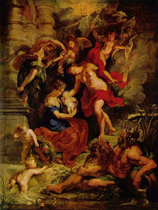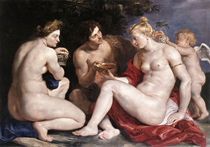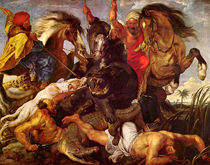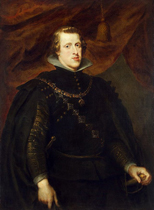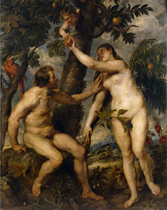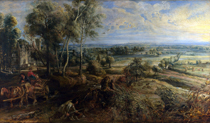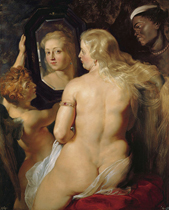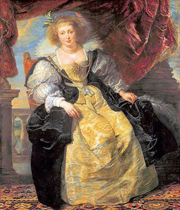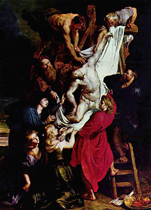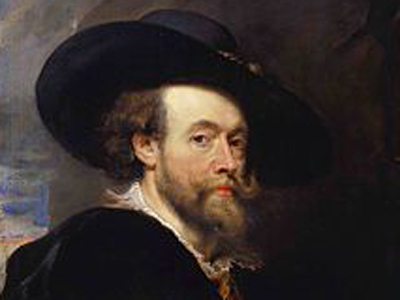
Painter - Peter Paul Rubens
Flemish Baroque painter, Peter Paul Rubens, was born on the 28th of June 1577 in Siegen, modern day Germany. When he was 10 years old his father died and two years later he and his mother moved to Antwerp. At the age of 14 Rubens was apprenticed to the artist Tobias Verhaecht, and he later studied under the painters Adam van Noort and Otto van Veen.
His education complete, Rubens went to Italy where he was influenced by the works of Michelangelo, Raphael, Leonardo da Vinci and Caravaggio.
In addition to being an artist, Rubens was employed as a diplomat and his work took him to Spain in 1603 where he saw paintings by Raphael and Titian in the King's collection, before he returned to Italy.
Ready for more?
not all...
quizzers. Try to win a coveted spot on our Hall of Fame Page.





